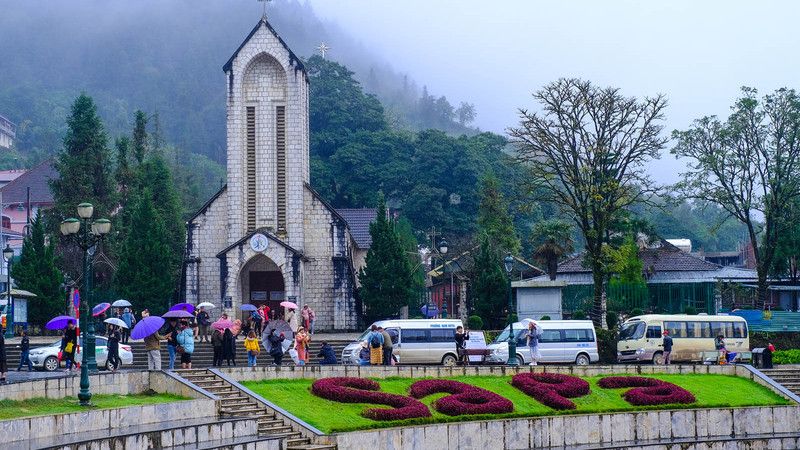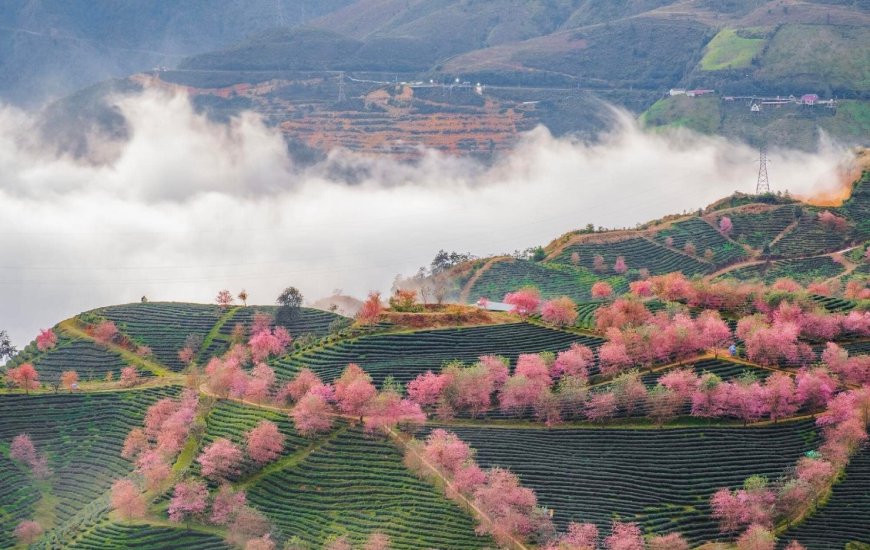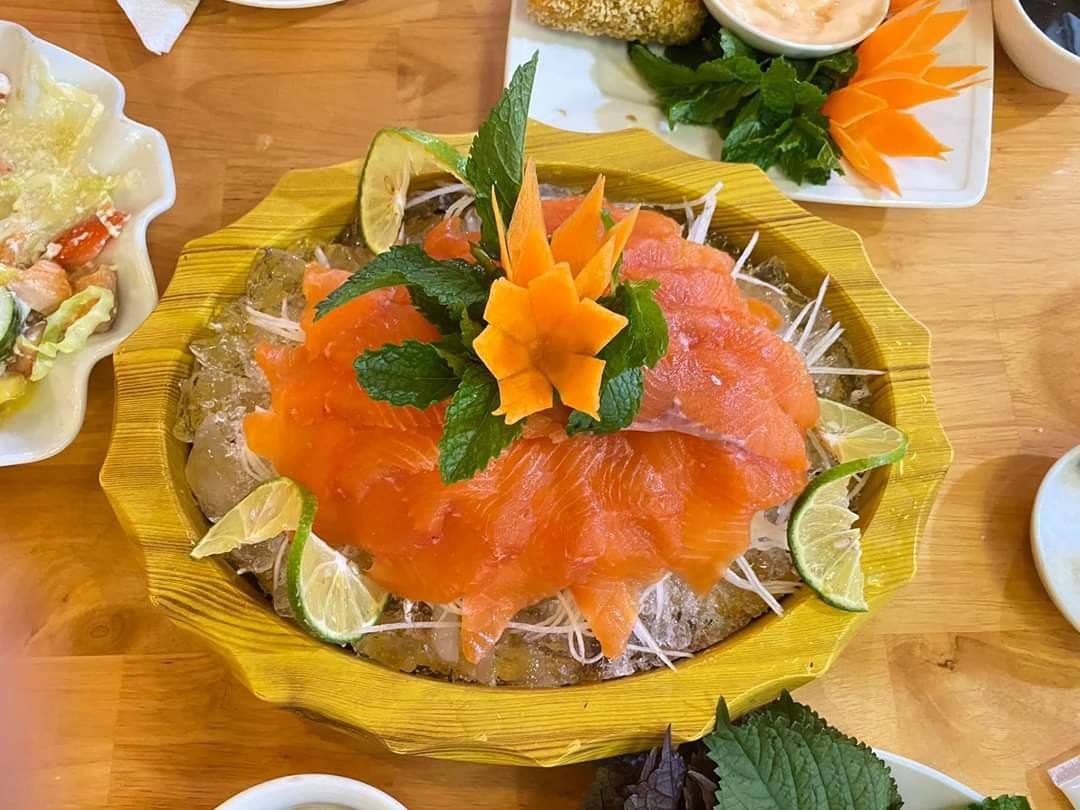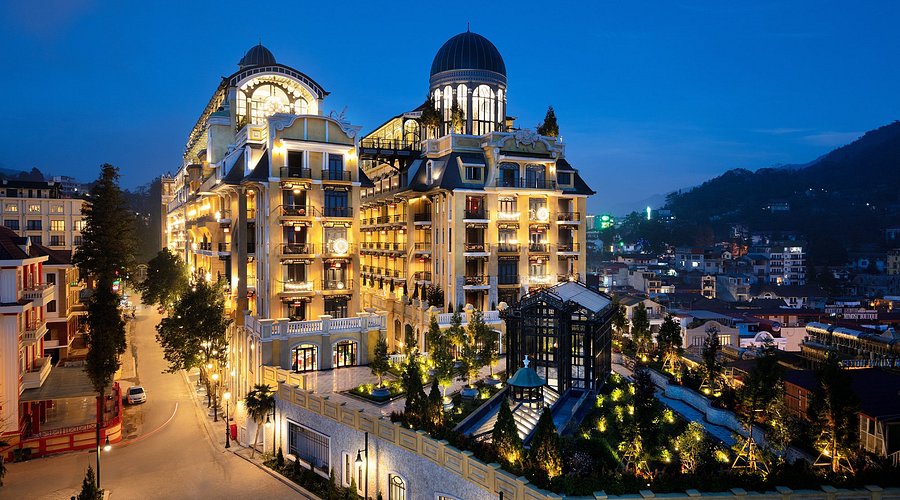Sapa
Sapa is a charming mountain town in northern Vietnam, located in Lao Cai Province, near the Chinese border. It's famous for its breathtaking rice terraces, cool climate, and the rich cultures of ethnic groups like the Hmong, Dao, and Tay. Visitors come to Sa Pa for trekking adventures, scenic mountain views, and the chance to explore local markets and villages. With its misty valleys and towering peaks like Fansipan, the highest mountain in Indochina, Sa Pa is a must-visit destination for nature and culture lovers.
Best Time to Visit
The best time to visit Sapa is from March to May and September to November. During these months, the weather is mild, dry, and ideal for trekking and sightseeing. Spring (March–May) brings blooming flowers and clear skies, while autumn (September–November) is when the rice terraces turn golden—perfect for photography. If you love snow and cooler temperatures, December to February offers a chance to see frost or light snowfall, although it can get quite cold. Each season in Sapa has its own charm, depending on the experience you're looking for!

Must-See Attractions
-
Fansipan Mountain – Known as the "Roof of Indochina," it's the highest peak in Vietnam and can be reached by cable car or a challenging trek.
-
Muong Hoa Valley – Famous for its stunning rice terraces and traditional villages of the Hmong and Dao ethnic groups.
-
Cat Cat Village – A picturesque village near the town center where visitors can explore traditional houses, handicrafts, and cultural performances.
-
Sapa Stone Church – A French-built church in the heart of Sapa town, often surrounded by lively markets and local gatherings.
-
Love Waterfall & Silver Waterfall – Two scenic waterfalls perfect for nature lovers and photography.
-
Ham Rong Mountain – Offers panoramic views of Sapa town and gardens filled with flowers and orchids.
These attractions showcase Sapa’s blend of breathtaking nature and vibrant ethnic culture.

Culinary Delights
Sapa offers a rich and flavorful culinary experience influenced by its ethnic diversity and cool mountain climate. Must-try dishes include “thang co” – a traditional Hmong stew made with horse meat and local herbs, and “ca hoi Sapa” – fresh salmon raised in the cold streams, often served grilled or in hotpot. You can also enjoy “lon cap nach” – a special local pig roasted until crispy, and corn wine (ruou ngo) made by the Hmong people. Grilled street food, like skewers of meat and vegetables, is popular at the night market. Dining in Sapa is not just about taste, but also about experiencing the warmth of local hospitality.

Where to stay
Sapa offers a wide range of accommodation options to suit every traveler's style and budget. For luxury and comfort, there are high-end resorts and hotels with stunning mountain views, such as Hotel de la Coupole – MGallery or Pao’s Sapa Leisure Hotel. Mid-range travelers can choose from boutique hotels and guesthouses in the town center, offering convenience and charm. For a more authentic experience, ethnic homestays in villages like Ta Van or Lao Chai let you stay with local families and enjoy traditional food and culture. Whether you’re looking for scenic luxury or cultural immersion, Sapa has the perfect place for you.

Getting There
Sapa does not have its own airport, but it's easily accessible from Hanoi and other northern cities:
- By Train: You can take an overnight train from Hanoi to Lao Cai Station (about 7–8 hours), then travel by bus or taxi for 1 more hour to reach Sapa town. It's a popular and scenic route.
- By Bus or Limousine Van: Direct buses and comfortable limousine vans run from Hanoi to Sapa daily, taking around 5–6 hours via the expressway. This is the fastest and most convenient option.
- By Private Car or Motorbike: For a more flexible trip, you can hire a private car or ride a motorbike, especially if you want to explore along the way.
No matter which option you choose, the journey to Sapa is full of beautiful landscapes and mountain views.

